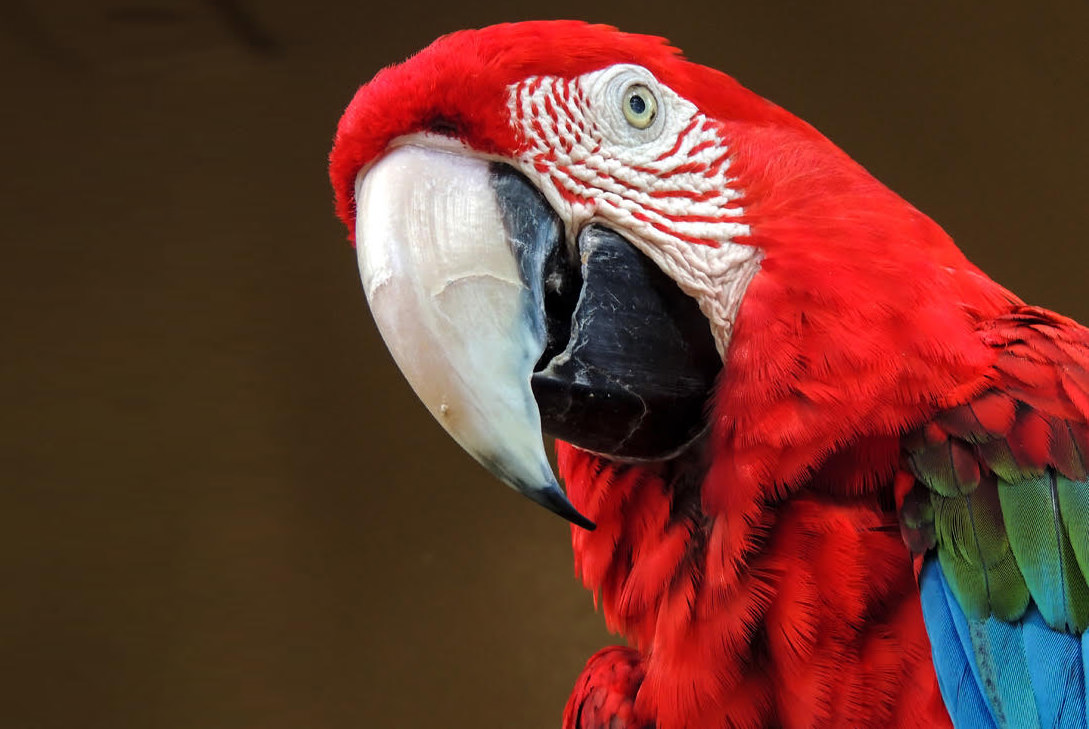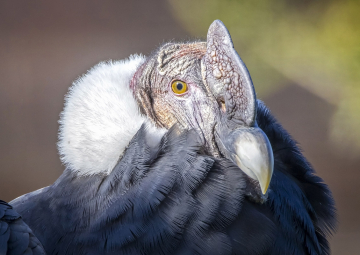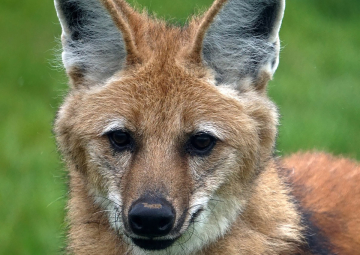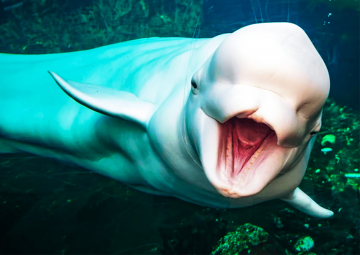THEORY
Giving up what you want, gives you what you want

In past articles we have talked about reinforcement and the properties they have to create behavior.
As you know, behaviors can be reinforced with primary reinforcement, which are those that have an intrinsic value by nature and are reinforcing; a previous experience such as: food, temperature, water, sex) is not necessary.
Or with secondary reinforcements: or, conditioned reinforcements, since their value is given by a history of association with a primary or other secondary reinforcement such as: rubs, toys, gentle slaps, etc.
We recall then that we also mentioned the possibility of reinforcing one behavior with another.
This is where we enter what is known as the Premack Principle.
David Premack is an American psychologist who, in 1965, pointed out that in the presence of two stimuli, the one that is most likely reinforces the least likely.
In other words, a desired, "easy" and well-known behavior can be used to reinforce a "difficult" and/or infrequent behavior, hence it is also known as relativity theory of reinforcement.
We want to emphasize that this technique works as long as the desired behavior is the contingency of the "difficult" or unlikely behavior, and not the other way around.
Sometimes we can make mistakes, such as asking our animal for a behavior and reinforcing it by performing another behavior without really thinking if the behavior we have asked for is really reinforcing, either because it has a very high reinforcement history or because we know that it is a behavior desired by our animal and high probability.
Suddenly, that second behavior is performed by our animal with latency, poor criteria and even refused, and we find a situation in which we have not reinforced even the first behavior that we wanted to reinforce, nor the second we wanted to use as a great reinforcement tool. As a result, the quality of our session and the motivation of our animal begins to decrease.
In our day to day lives we find a multitude of examples, the majority is mainly applied in child psychology, people with autism, etc. However, we will focus on the animal world and give some examples.
We have a macaw that wants to be with another macaw and we need to separate them to perform a session. Imagine that by making approximations you get to separate them, that’s when you can reinforce that response by bringing them together again.
In short, «if you give up what you want, I will give you what you want».
The animal has performed an unlikely behavior (separating from its partner) and we reinforce it with a behavior of high probability (going to be with your partner).
Another example may be a sea lion that is continually leaving its station during a session to go into the water. Going into the water is a highly likely behavior, so if we train our sea lion to stay in place and work on the durability of that behavior by reinforcing it with the action of going into the water we can progressively balance the weight over to the side we want - which is that our animal stays with us throughout the session.
Thus, over time, the new behaviors that we had to strengthen at first with behaviors of high probability, are progressively consolidating and finally do not continuously need that initial reinforcement to continue being in the repertoire of our animal.
Therefore, the first thing we must do as trainers to know how to apply the Premack principle in our training program, is to know our animal and foresee what behavior you prefer them to perform in each situation.
At WeZooit we think that the way to find out what our animal wants at every moment is sometimes complicated and other times, however, it is simpler than we think and we simply have to wait to see which behavior is the most repeated by them.
It is important that our animal does not anticipate the likely behavior that we ourselves want to offer, otherwise we will be reinforcing precisely the behavior that we do not want.
And remember, if it’s possible... WeZooit!


















